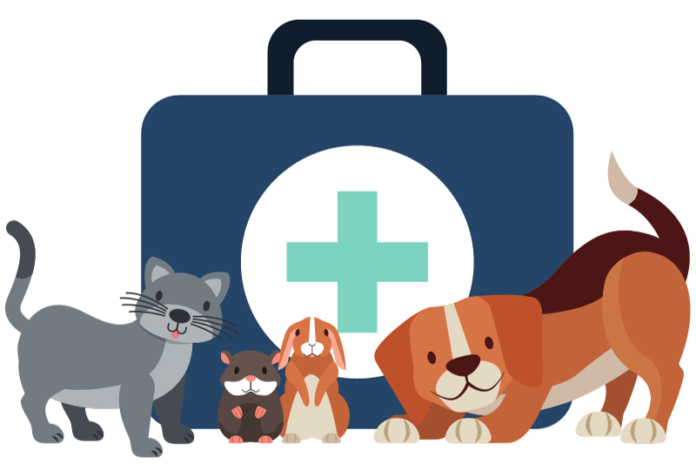Familiarization and Practice of First Aid Procedures in Veterinary Medicine
I. Introduction
A. Importance of First Aid in Veterinary Practice
First aid is the initial and immediate care provided to an injured or ill animal. This is a critical skill for veterinary professionals, as it can make a significant difference in the outcome of an emergency situation.
II. Understanding First Aid Principles
A. Quick Assessment
- Scene Safety:
- Importance: Ensure the safety of both the animal and the caregiver.
- Primary Survey:
- ABCDE Approach:
- Airway: Ensure a clear airway.
- Breathing: Assess breathing.
- Circulation: Check for a pulse and assess circulation.
- Disability: Evaluate neurological status.
- Exposure: Examine for additional injuries.
B. Common Emergency Situations
- Wounds and Bleeding:
- Control Bleeding: Direct pressure, elevation, and tourniquets.
- Fractures and Musculoskeletal Injuries:
- Immobilization Techniques: Splinting and bandaging.
- Respiratory Distress:
- Assist Breathing: Mouth-to-nose resuscitation.
- Poisoning:
- Inducing Vomiting: When appropriate.
- Seizures:
- Ensuring Safety: Protecting the animal from injury during a seizure.
III. Hands-On Practice
A. Wound Care
- Cleaning and Disinfection:
- Demonstration: Proper techniques for wound cleaning.
- Bandaging:
- Types of Bandages: Understanding and applying appropriate bandages.
B. Fracture Management
- Splinting:
- Materials and Techniques: Hands-on demonstration of splinting.
- Transportation:
- Safe Handling: Techniques for moving an injured animal without exacerbating injuries.
C. Respiratory Support
- Artificial Respiration:
- Hands-On Practice: Mouth-to-nose resuscitation techniques.
D. Poisoning Management
- Inducing Vomiting:
- When and How: Understanding the appropriate circumstances and methods.
E. Seizure Response
- Ensuring Safety:
- Demonstration: Safely managing an animal during a seizure.
IV. Conclusion
In conclusion, first aid skills are invaluable for veterinary professionals, allowing them to respond effectively to emergencies and provide immediate care to injured or ill animals. Hands-on practice and familiarity with common procedures are essential for building confidence and competence in veterinary first aid.



